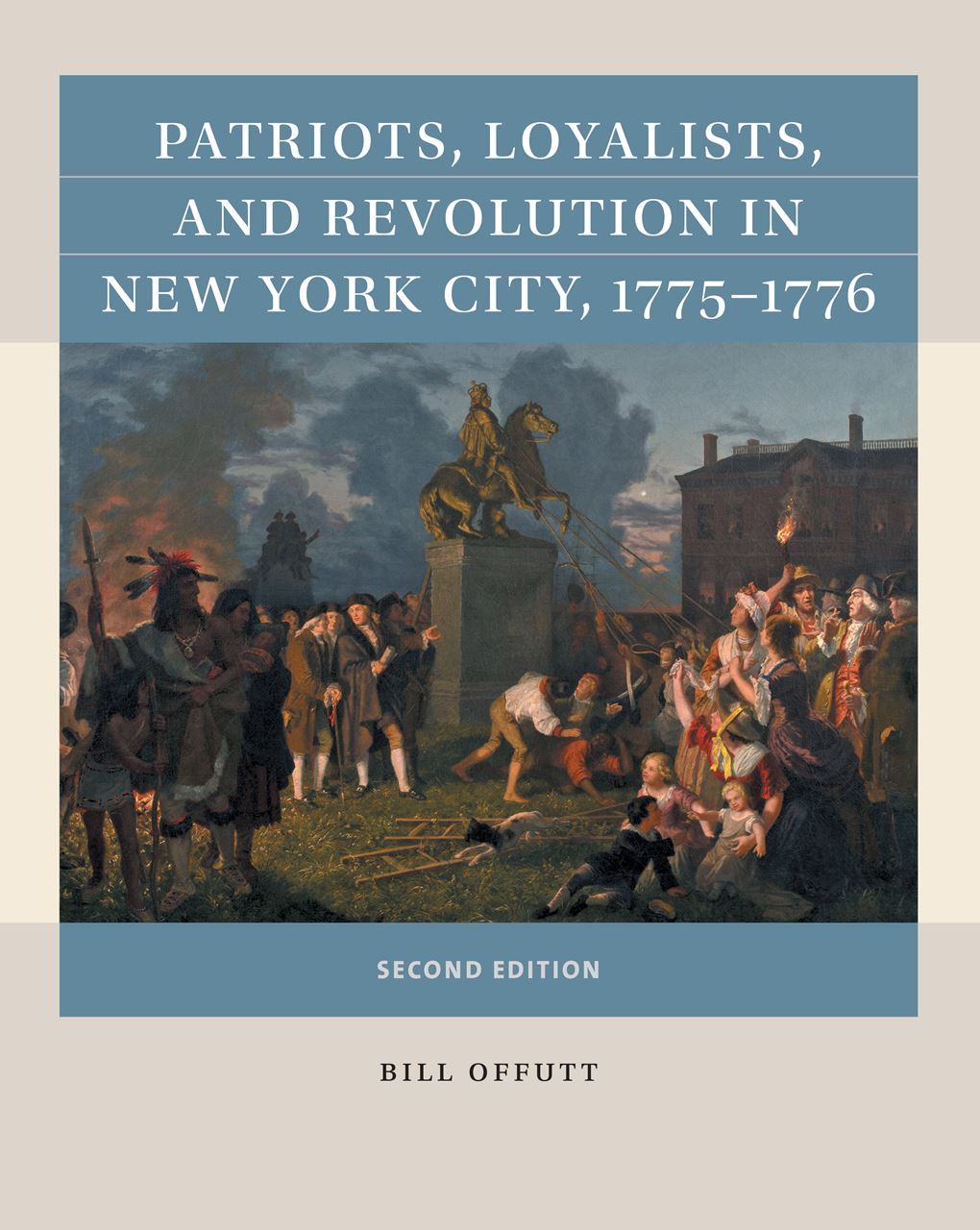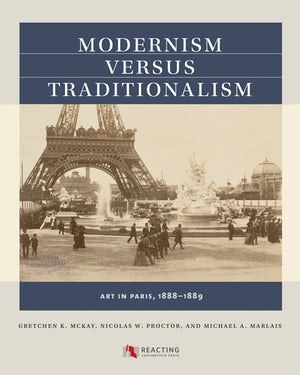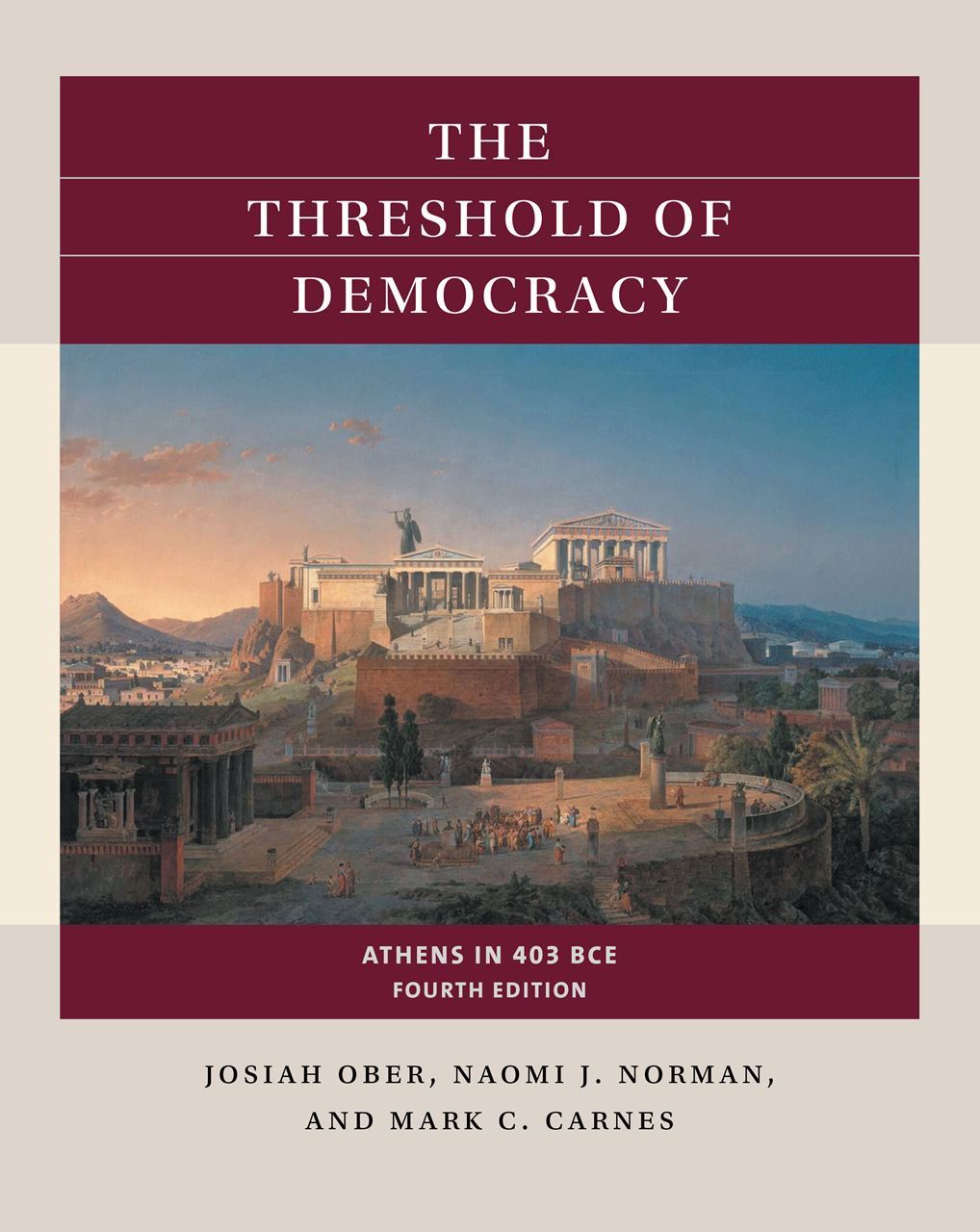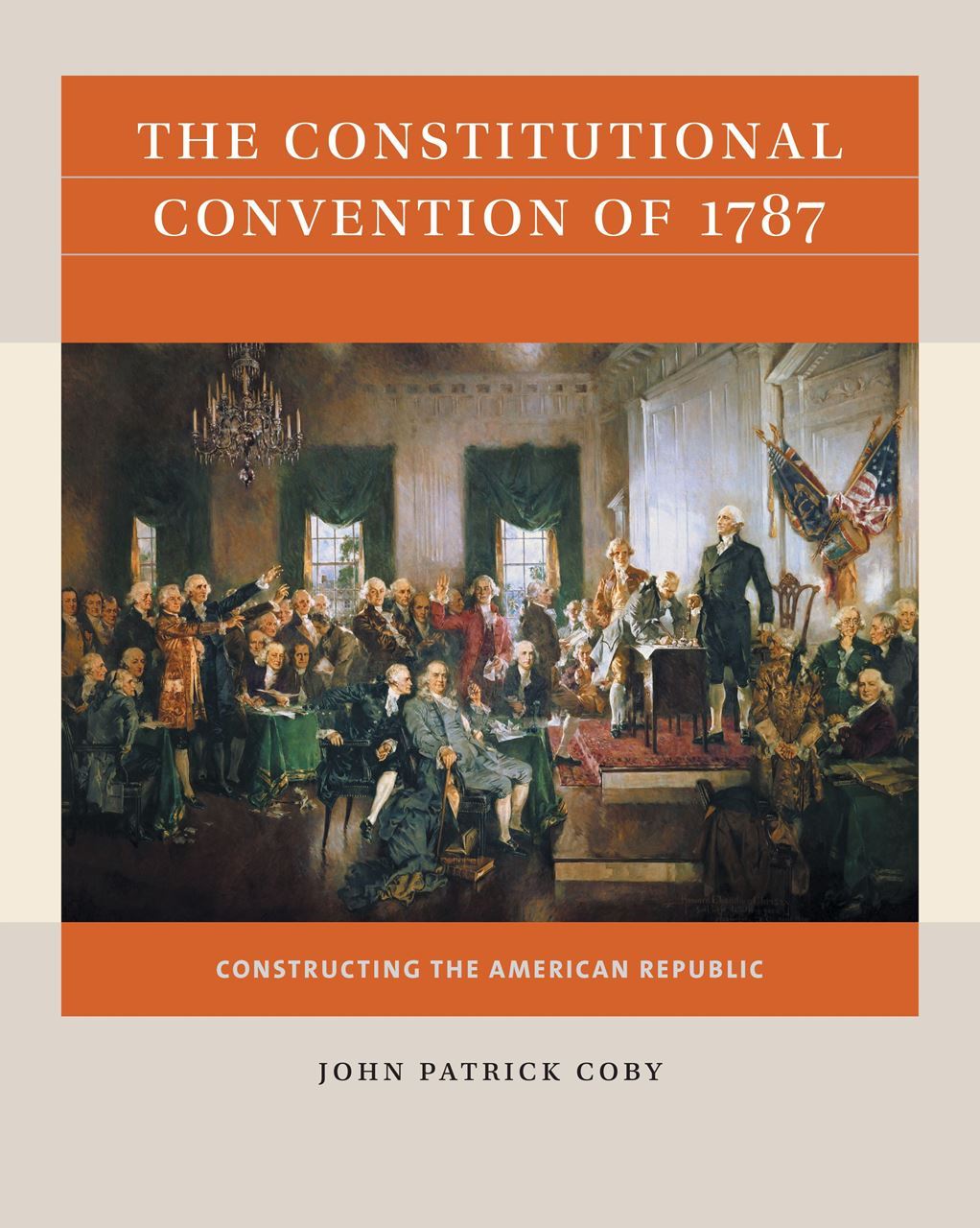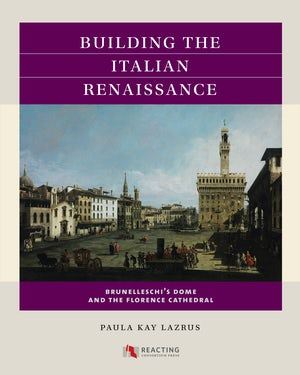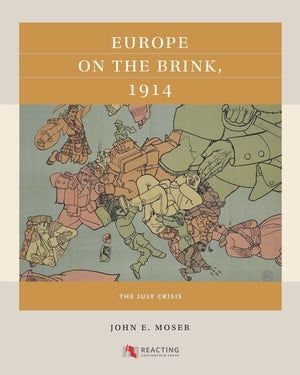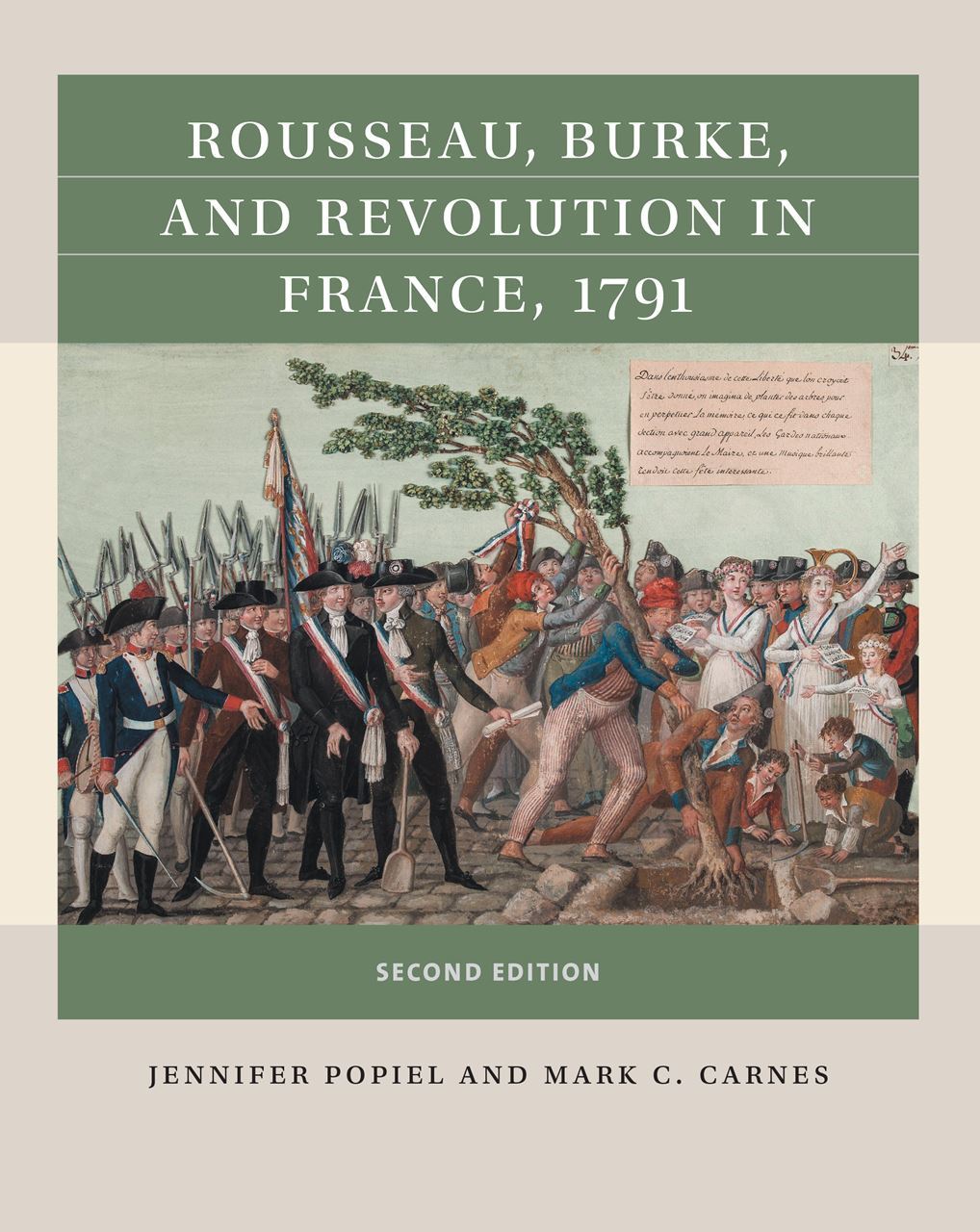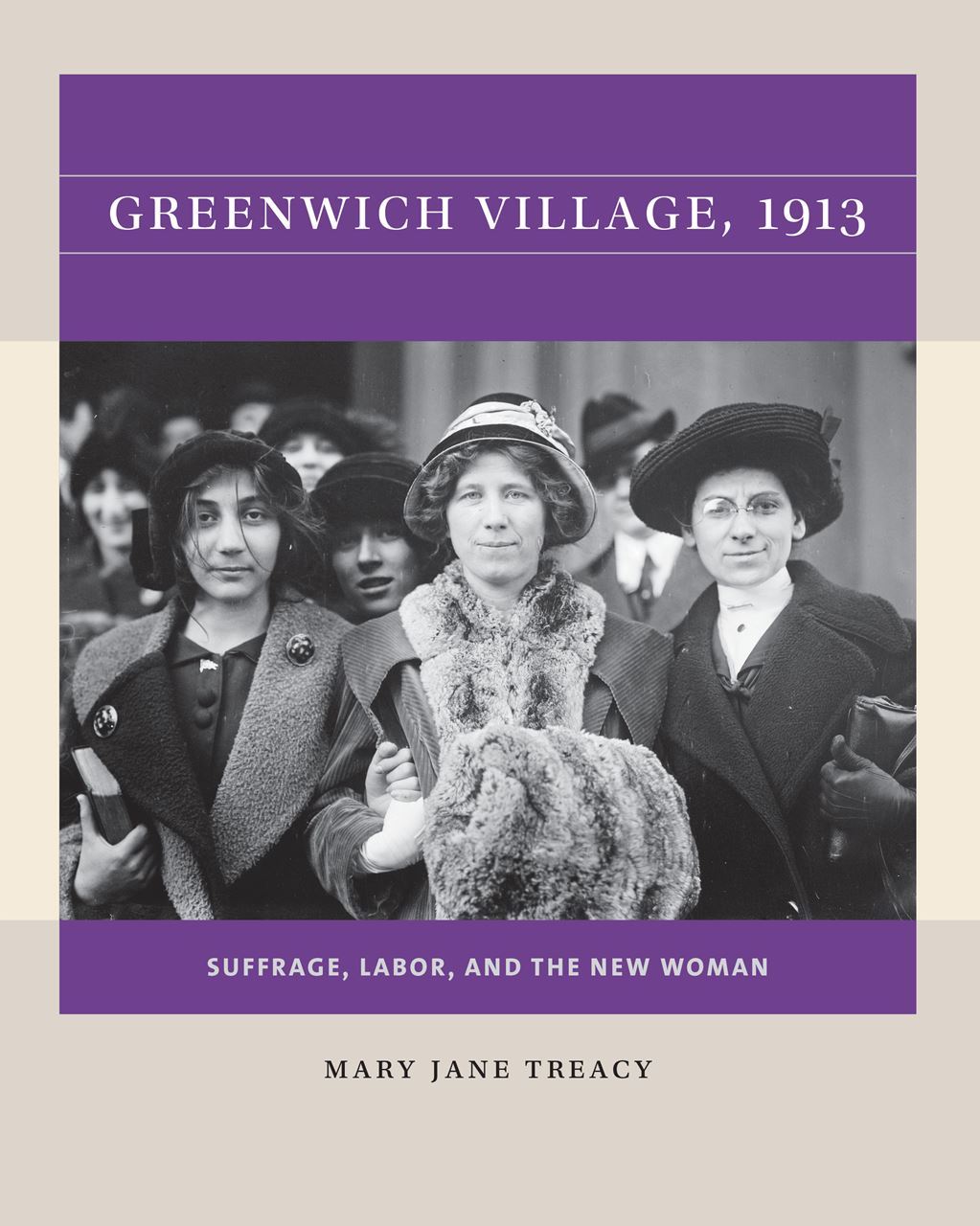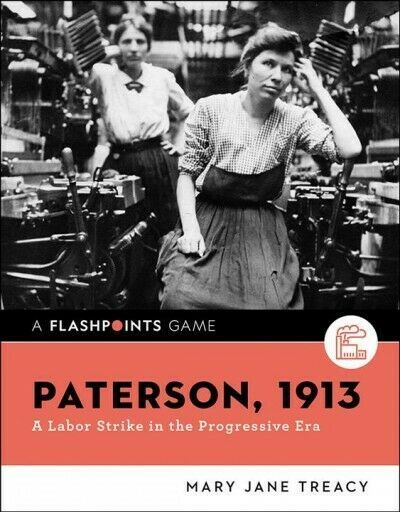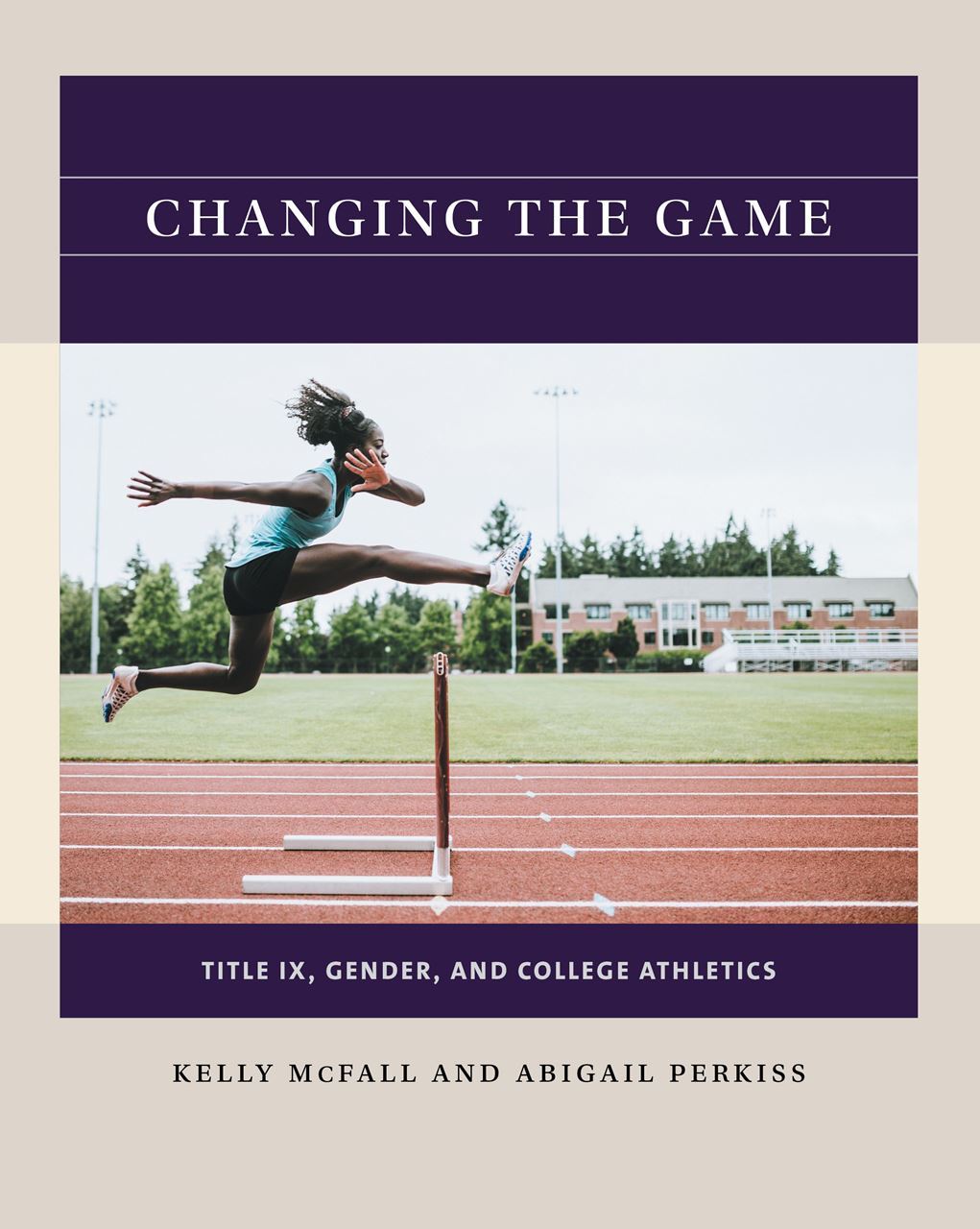Reacting in High Schools Reacting to the Past games have been successfully used in high schools across the United States and around the world. Much of the material on the rest of the website is relevant and useful for high school teachers, and we recommend exploring and using these resources to support your use of Reacting. The resources on this page are specifically intended to aid high school teachers new to Reacting in adopting the pedagogy. Resources for HS Instructors |
There are plenty of unofficial resources that high school instructors have used and created. To access our community-led google drive database of high school resources, contact mprovo@barnard.edu. If you have created materials that could be used in a high school setting, please use this form to submit them to our database! We also highlight a few general resources HS instructors may be interested in below:
I receive lots of ads for free or low-cost “active learning” lesson plans. What makes Reacting to the Past different?Every Reacting game is subject to a rigorous editorial process that involves the game developers of the Reacting Editorial Board, subject matter specialists, and scores of faculty and student playtesters. Unlike most free or low-cost online lesson plans, a published Reacting game has been vetted at a level comparable to, if not exceeding, that of a scholarly monograph. Reacting games focus on depth over breadth. These are full-scale “role-immersion” games, not simply brief role-playing exercises attached to traditional lessons. As you try different games in different classes, you can evaluate how the depth of the Reacting experience compares to the breadth of a more traditional curriculum and the different ways they engage students in learning. Most teachers who use Reacting value the depth and engagement the experience provides studies compared to breadth that doesn’t stick with students.
Unlike many scholarly monographs, Reacting games are games, designed specifically to inspire a high level of student participation. Students learn historical content from the inside out. It’s one thing to read about, or hear a lecture on, the American Revolution: it’s quite another to play the roles of actual Patriots and Loyalists living through this world-shaping moment. Reacting at its best engages students emotionally in the experience of representing a different point of view than their own.
The Reacting pedagogy supports the teaching of Common Core ELA Standards in History/Social Studies, the National Council for the Social Studies C3 Standards, and (more than likely) you will also be able to justify including Reacting by connecting the game/s you are intending to adapt to disciplinary specific skill and content standards. Some game books and instructor manuals specifically identify content and skills objectives, but it is valuable for teachers to adapt and/or write their own for their specific contexts as they tailor the games to meet the needs of their students.
While Reacting games are deeply rooted in a particular historical place and time, they also teach softer skills that are universal: how to negotiate; how to write and speak persuasively; how to solve problems creatively; how to build consensus in a divisive environment. Every time students set foot in a Reacting classroom, they are given the opportunity to practice existing skills, and to develop new ones.
Most Reacting instructors choose to assess the written assignments that students complete as part of representing their roles. These vary depending on the game, but are generally focused on students using historical sources to develop arguments. However, many instructors also specifically teach and assess speaking skills (in the form of speeches or discussion participation), listening (in the form of individual reflections on game sessions), or reading (with an assessment on the core texts). You may also want to assess a final reflection on the whole experience of the game. A final reflection written after debriefing a game can be an especially valuable tool for instructors to evaluate how students processed the experience, and give students an opportunity who may have seemed less involved in the role play to demonstrate their understanding of the proceedings and what actually happened historically.
Sample Reacting rubrics and other resources can be found here on our website.
Reacting games can be adapted to work with students who have a variety of different levels of familiarity and expertise with a particular subject. Indeed, in many cases, the instructor’s manual associated with each game will provide specific instructions for this. However, there are also many ways you can scaffold engagement with Reacting games at varying stages, and there are a variety of community-produced ancillary resources that can be used to support your work. Some commonly used adaptations include:
One of the great strengths of Reacting games is how they can engage students whose skills and interests don’t necessarily align with those rewarded in traditional classes. High school teachers report that Reacting can be a transformative pedagogy for engaging some of these students in the history classroom. Writing an essay about the French Revolution is, after all, only one way to demonstrate your knowledge about the subject; making a speech about the Civil Constitution of the Clergy, leading a demonstration on behalf of your fellow Section Leaders of Paris, or negotiating with your political opponents to come up with a plan to end slavery in Haiti can do so as well.
You understand the context of your school better than anyone else, so it is important that you make good judgments about what will work for you and your students. Some Reacting games ask students to take on the views of historical figures whose ideas are controversial by modern standards. With attention to detail, focus on ensuring student support, and care for the particular context you are teaching in, you can either productively engage or skirt controversial issues. The recommended games list below includes many of the games used most frequently in high school settings. Many HS teachers report that students often know each other and their teacher well, which can make engaging controversial topics easier, but it is important for you to carefully read game materials and evaluate what might present a challenge for your specific context. The “Guide to Addressing Student & Faculty Discomfort,” produced by the Reacting Consortium Inclusion Committee, is a good place to start, and the Reacting HS Instructor Discord can be a good resource for evaluating potentially challenging areas in particular games.
This FAQ has provided ideas that might help you to emphasize a particular aspect of Reacting that your administrators might be interested in. The Reacting home page also has some useful introductory videos focused on the college context that might be helpful to share, but you could also share this video from Anchorage School District that provides an engaging introduction to a high school use-case. High school instructors have also discussed their work using Reacting on the blog focusing on the process of introducing a game, and how Reacting has transformed one teacher’s classroom.
You might consider a typical Reacting game as a replacement for a unit of study taking four to six weeks. The full Reacting experience requires time for all of the components of a game: setup, gameplay, and debrief. This is a significant commitment. However, the rewards are immense: in terms of improving student learning and engagement, and in terms of your own approach to teaching. Alternatively, if you are not sure that you are quite ready to jump into a full-scale Reacting game, it is certainly possible to adapt Reacting games to a few sessions, or to use a Reacting microgame or short game within a unit. Community and Conversation Join the Reacting to the Past High School Discord!
|
Modernism Vs. Traditionalism: Art in Paris, 1888-1889 Considers questions surrounding artistic developments at the end of the nineteenth century in Paris. Students will debate principles of artistic design in the context of the revolutionary changes that began shaking the French art world in 1888-1889. Content Warning: Potentially controversial art 6-7 Sessions 11-27+ Students 19th Century Europe Published Game |
The Threshold of Democracy: Athens in 403 B.C.E. In the wake of Athenian military defeat and rebellion, advocates of democracy have reopened the Assembly; but stability remains elusive. As members of the Assembly, players must contend with divisive issues like citizenship, elections, remilitarization, and dissent. Caution: The content explored in this game: democracy, citizenship, memory and reconciliation, and free speech - are complex, as are the primary sources of Plato, Thucydides, and Plutarch. However, there are a range of modifications that a high school instructor could implement, such as directing students to specific primary source passages, providing summaries, limiting some players to simply referencing their role sheets. There is one role and some content that some might consider sensitive: the “metic” or foreigner, citizenship for slaves and foreigners, and reconciling after violence. Content Warning: Pig sacrifice, enslavement 7-15 Sessions 11-50 Students 5th Century BCE Europe Published Game |
Climate Change in Copenhagen, 2009 Covers the negotiations at the Conference of Parties 15 meeting that was attended by a large number of national leaders. Also includes representatives of non-government organizations and the press. This game was written as part of the National Science Foundation grant. Several high school teachers took great interest in and partially shaped how this game was written. This game is perfectly suited for a high school classroom. 4-6 Sessions 12-31 Students 21st Century Europe International Published Game (STEM) |
Confucianism and the Succession Crisis of the Wanli Emperor, 1587 The Wanli emperor has refused to designate his first-born son as his successor, creating a moral crisis. From within the walls of the Forbidden City scholars struggle to apply Confucian precepts to a dynasty in peril. Now, the Grand Secretariat of the Hanlin Academy must decide whether the emperor still has moral authority. In addition to the Gamebook and Instructor’s Manual (IM), there are numerous resources on the Reacting Library to help instructors run the game. I believe the game is appropriate for advanced high school history classes. Instructors who are not familiar with Chinese history may feel reluctant to run the game but reading the Ray Huang book will help immensely. 8-9 Sessions 12-21+ Students 16th Century Asia Published Game |
The Constitutional Convention of 1787: Constructing the American Republic Brings to life the debates that most profoundly shaped American government. As representatives to the convention, students must investigate the ideological arguments behind possible structures for a new government and create a new constitution. This game can pair well with a variety of American government and history classes. Caution: While the extended and full versions would probably be too complex and time consuming for most secondary classrooms, the basic game teaches a specific event in American government thoroughly without being too unwieldy or difficult for secondary students to grasp. There are some personal behaviors given to some of the delegates that add to the flavor and fun of the game. These behaviors include a duel between two of the delegates, loans being made to indigent delegates, and reference to one delegate who is hit with a paternity suit in the game. In the extended and full versions of the game, one of the delegates also has a snuff addiction that they are to pretend to have during debate. All these character traits could be easily eliminated without harm to the integrity or the learning to be gained by its use in a secondary classroom. 8-15 Sessions 12-40 Students 18th Century North America Published Game |
Constantine and the Council of Nicaea: Defining Orthodoxy and Heresy in Christianity, 325 C.E. Plunges students into the theological debates confronting early Christian church leaders. Emperor Constantine has sanctioned Christianity as a legitimate religion within the Roman Empire but discovers that Christians do not agree on fundamental aspects of their beliefs. The Constantine game would work well in the proper high school setting where course goals include understanding theological debates, how religious canonical texts were developed, or specifically the history of early Christianity. The game centers on students developing their own version of the Nicaean Creed and engaging in debates about Christian theologies (some of which have historically been considered heretical in certain branches). Caution: In a school and class where critical reading of Christian texts is permissible, I think it would work well in a World Religions elective course or any course looking for an in- depth exercise on these topics. The adaptability of the game from 10 sessions down to as few as 2 sessions makes it especially attractive for high school curriculum with shorter class periods and typically more content to cover. 7-10 Sessions 7-40+ Students 4th Century BCE SW Asia Europe Published Game |
Building the Italian Renaissance: Brunelleschi's Dome and the Florence Cathedral Focuses on the competition to select a team to execute the final architectural challenge of the cathedral of Santa Maria del Fiore--the erection of its dome. The competition at the heart of this game plays out against the background of new ideas about citizenship, aesthetics, history, and new technology. This game also allows for more artistic expression (through the creation of the palios, the offerings and the architectural models). There is also a space for understanding math (esp. geometry) and art history. The game is intensely collaborative and, because students work with two groups (guild and factions), cooperation is at the forefront. If time allows, additional scaffolding for art history, math, architecture, etc. will enhance learning. 4-5 Sessions 12-40 Student s 15th Century Europe Published Game |
Europe on the Brink, 1914: The July Crisis The assassination of Archduke Franz Ferdinand on June 28, 1914 by a Serbian nationalist has set off a crisis in Europe. Representatives of European powers must navigate the fragile balance of power and interlocking alliances that defined the July Crisis. 8 Sessions 12-30 Students 20th Century Europe Published Game |
Rousseau, Burke, and Revolution in France, 1791 Plunges students into the intellectual and political currents that surged through revolutionary Paris in the summer of 1791. Members of the National Assembly gather to craft a constitution for a new France while wrestling with the threat of foreign invasion, power struggles, liberty, and citizenship. This RTTP game would be an excellent addition into any global history, European history, or civics and government class. This game would work in most high school settings if given the appropriate time to set up and complete the game. To reduce some obstacles to completing this game, instructors should focus on certain topics for the National Assembly, consider giving a reduced version of the Rousseau primary sources, and spend some time with their students on how to write and speak effectively. 8-14 Sessions 7-41 Students 18th Century Europe Published Game |
Greenwich Village, 1913: Suffrage, Labor, and the New Woman Immerses students in the radical possibilities unlocked by the modern age. Exposed to ideas like women's suffrage, socialism, birth control, and anarchism, students experiment with forms of political participation and bohemian self-discovery. A great game for an American history or American literature course for high schoolers. It would be most appropriate for more mature students who may have Reacted before. The game author, Mary Jane Treacy does an excellent job in the instructor’s manual of setting up each session with guided practices for students to read through primary sources. Each activity is student-centered and is helpfully labeled for content and what activity is to be completed by the students. Many of the materials for this scenario are clear enough and appropriately gauged so that they may very easily be adapted to a high school classroom. Any change to be made should come out of how the instructor wishes to pace the game, making cuts to sessions or abridging the scenario as they see fit. Content warning: Birth control, anarchy, free love 8-9 Sessions 15-35 Students 20th Century North America Published Game |
Paterson, 1913: A Labor Strike in the Progressive Era New technologies are changing the nation's silk industry, workers are losing ground, labor organizations are offering solutions from reformist to radical. A city's economy hangs in the balance: what will happen? Can you save Paterson and its people? This game was written specifically with high school students in mind. The reading load is targeted for HS students. The mechanics and roles are accessible, and the length lends itself to more of a survey course. The instructor is given a role as standard practice, which means they have more oversight in the game experience and can more readily impact the trajectory of the game if things go off-course. There are some components that may gain more attention than intended in a high school classroom: specifically, the function of money. Caution: There are some mechanisms that implicate violence, even if not specifically perpetuated by a character. The instructor should think through how to handle those aspects. 3-5 Sessions 11-35 Students 20th Century North America Flashpoints |
Changing the Game: Title IX, Gender, and College Athletics A debate over the role of athletics quickly expands to encompass demands that women’s sports and athletes receive more resources and opportunities. The result is a firestorm of controversy on and off campus. Students wrestle with questions of gender parity and the place of athletics in higher education. This game takes place at a university and is focused both on issues of equity and justice but also the inner-workings on a university. On that second question, HS students may have trouble finding their footing. That said, since we see so many HS students involved in athletics, The game should resonate deeply for many of them and would generally play well in an HS setting. There are select roles that should be carefully assigned to more mature students. The game is easily adaptable in scope to help deal with some of the concerns over time constraints. 7-10 Sessions 10-40+ Students 20th Century North America Published Game |


